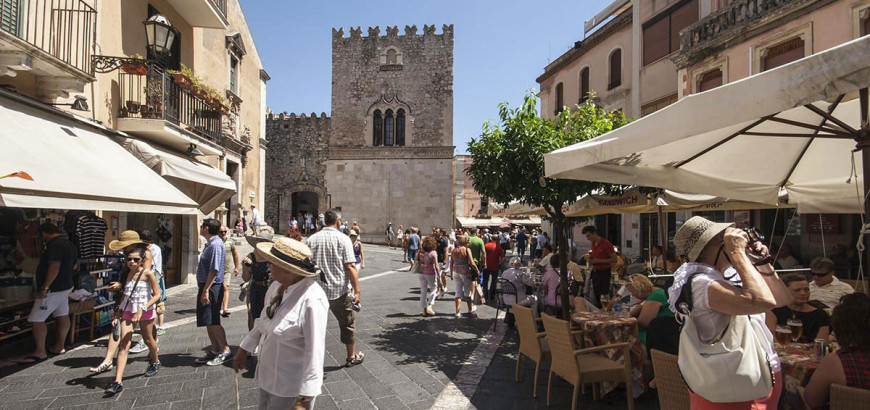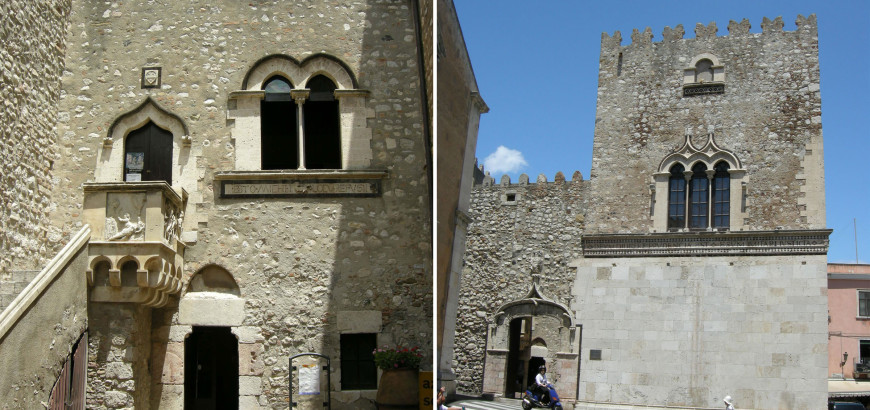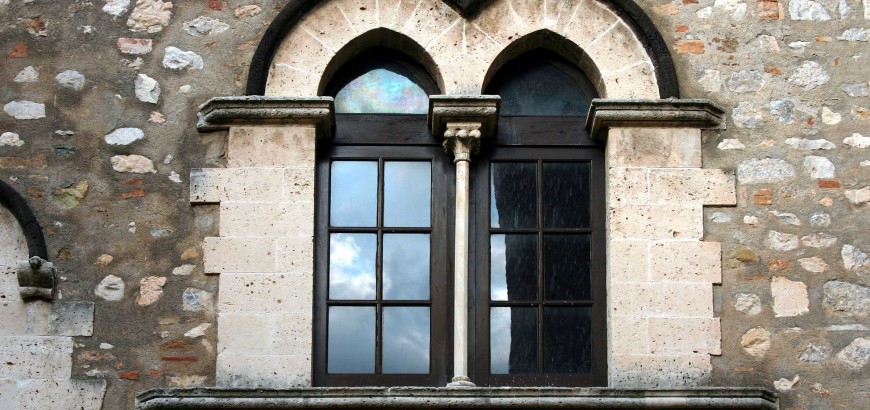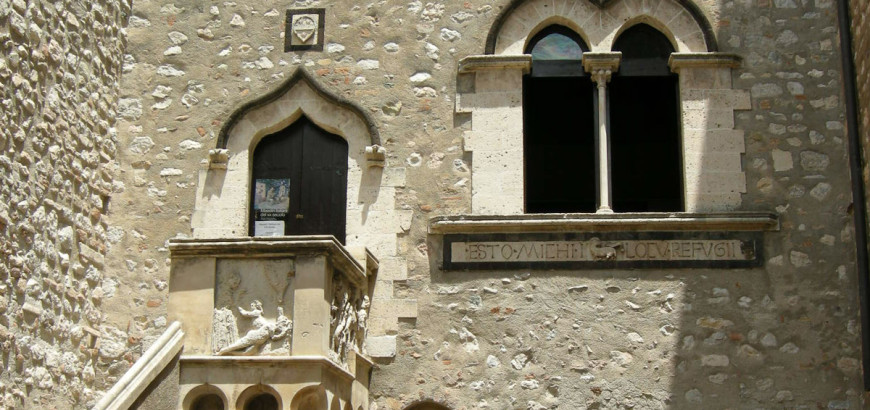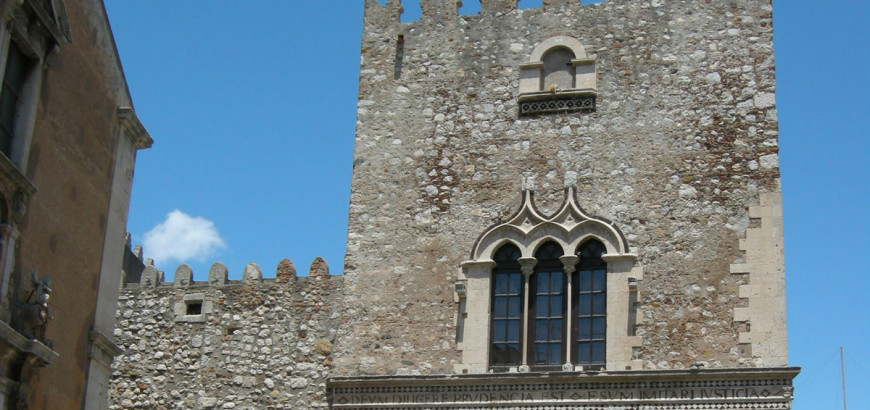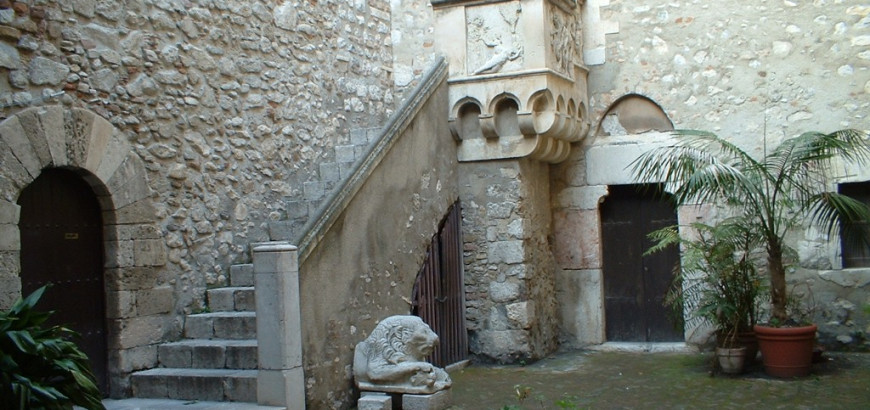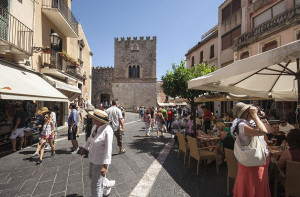
Corvaja Palace – Sicilian Museum of Art and Popular Traditions
Corvaja palace was built between 902 and 1079 on the ruins of the Roman Forum, as will of Arabs who aimed at fortifying the city. The tower built under the Arab domination is now the core of the Palace, which in later centuries was repeatedly extended and renovated.
Since 1411 the Palace housed the Sicilian Parliament meetings, which were held in the right wing of the building built in the early fifteenth century by order of Blanche of Navarre.
From 1538 to 1945 the Palace was the residence of Corvaja family, which gives its name to the building. In 1946 the palace was restored by the Neapolitan architect Armando Dillon.
The building then belongs to different architectural eras: the Arab tower built on the ruins of the classical era; the body of the building known as the “Hall of Master Executioner” added at the end of the thirteenth century to the left of the entrance; finally, the right wing was built in the ‘400.
The facade is in Taormina stone and in black lava stone with mullioned windows embellished with Corinthian capitals; the top of the building has, however, crown battlements.
Today Palace Corvaja is the seat of the Museum of Art and Popular Traditions. The Museum, founded in 1997, houses the collection of of the antiquarian of Taormina John Panarello.
The two rooms that make up the museum display everyday objects and artefacts of local traditions, many of them belonging to the eighteenth and nineteenth century.
In the first room it is possible to admire objects like anthropomorphic vases made in Caltagirone’ workshops (also called “teste di turcu”); tools of the Sicilian pastry shops and dishes made in Vietri sul Mare (Campania); parts of Sicilian cart, Sicilian puppets and typical traditional dresses.
The museum exhibits also a lovely collection of cribs made in a wood or glass display case (called scaffarata or scarabattola), which were displayed in houses all year round.
